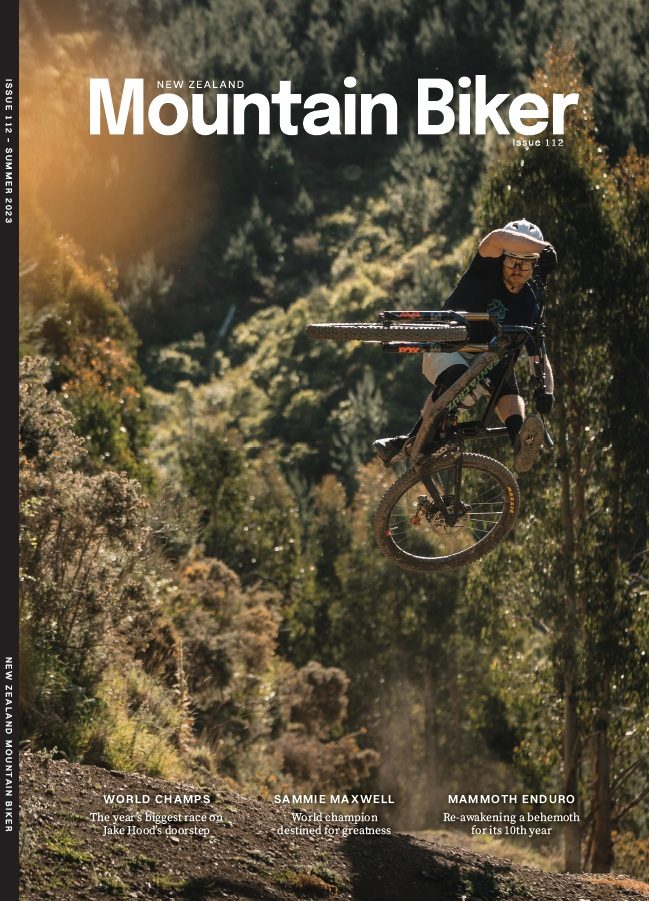Words Lester Perry
Images Darren Stanley
RRP $8999
Distributor Yamaha NZ
I’m always intrigued when a large company enters the Electric Mountain Bike market and tries to take on the ‘Big Three’ (Giant, Trek, Specialized). They come in with a hiss and a roar, take a small share of the market, fight for scraps for a few years, then finally the accountant strikes a big red cross through the eMTB line on their spreadsheet, parking the project and returning them to their core business.
Yamaha has gone about things differently. They developed the world’s first production eBike 30 years ago, and have been building eBikes for the Japanese market for the last three decades. More recently, they’ve supplied motor units to many of Europe’s most popular eBike brands, including international juggernaut, Giant. The YDX Moro 07 is just one piece of their global ‘Switch ON’ strategy which spearheads their move into the world of electric personal mobility and away from fossil fuels. Perusing their international website, you get a taste for Yamaha’s plans: they offer options in almost every category of ‘Power Assist Electric Bicycle’, including models targeting road and gravel (but why?).
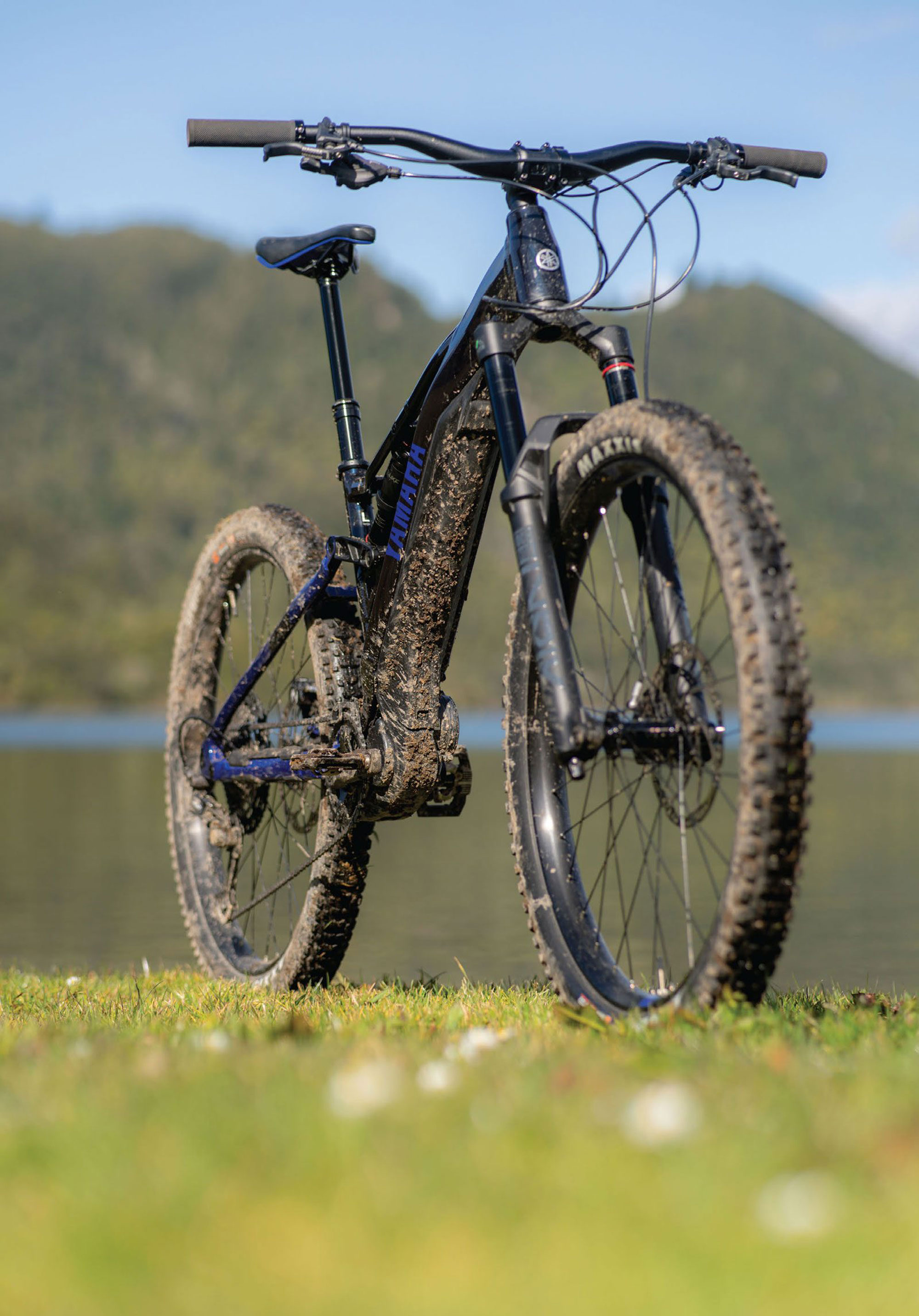
The YDX Moro 07’s frame has been around for a few years now and has some unique and eye-catching hallmarks. The ‘Dual Twin Frame’ splits the top and down tubes into two, sharing some visual cues with their motocross bikes. The rear shock tucks comfortably into the split top tube and the battery fits neatly into the split downtube. The key upgrade to this most recent model is the inclusion of Yamaha’s latest eMTB motor, the PW-X3 -their lightest, smallest, and most powerful drive unit. Boasting 85nM of torque, it’s on the money versus the competition and is powered by a 500w/hr battery.
The frame is set up specifically for 27.5” wheels and features 150mm of rear travel, made possible by a custom-tuned Rockshox Super Deluxe Select+ shock. Up front, the bumps are tackled by a 160mm Rockshox Lyrik Select tuned for eMTB use. Nowadays, we’re seeing most bikes in this travel segment with either dual 29” wheels or mullet style, 27.5” rear and 29” front wheels, so this bike is unique in its full 27.5” setup. Fitted with a Shimano XT drivetrain, gear shifts were precise, rapid, and remarkably trouble-free -even under power.
Geometry is what I’d term conservative for a 150mm/160mm travel bike. The head angle sits at 66.3 and the seat tube angle is a vanilla 70.2 degrees. After perusing the Yamaha website and crunching the numbers on the three available sizes – small, medium and large – I determined I’d be best suited to a large frame. The ‘reach’ numbers were somewhat puzzling; a medium at 437mm and large at 482mm – that’s a major step up between sizes and at 482mm I thought the large may feel a bit long, and the medium very short. Yamaha’s sizing chart had me firmly on the medium size but after comparing reach to my personal bikes I settled on the large. At 176cm tall, I was comfortable with the large size but I’d say if you were over 185cm in height you might be too tall for even the large to be comfortable, regardless of Yamaha’s sizing recommendations. Some of these geo figures are quite a departure from modern bikes of this ilk and prove how geometries have evolved in the last few years. With all this said, we all know how a bike rides is more than just specs and numbers.
Assistance modes on offer are ECO, Standard, High, Extra-Power and Automatic, as well as a handy Walk Assist that gently drives the rear wheel when needing to push the bike somewhere. Assistance levels are clearly visible while riding, on the brand’s ‘Interface X’ LED display, and easily adjusted on the fly via the ergonomic remote switch just beside the dropper post lever on the righthand side.
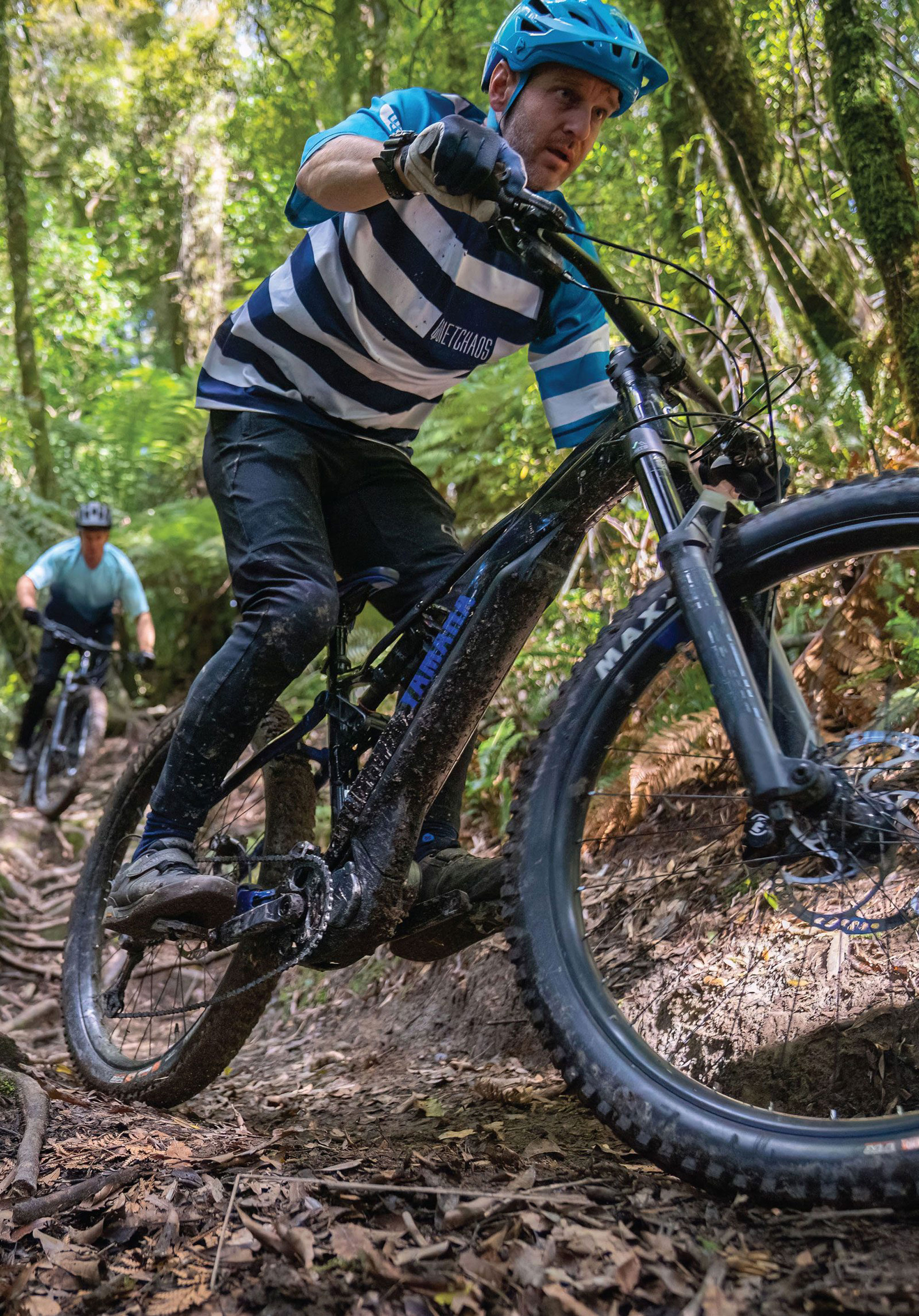
After some initial tweaking of the suspension pressures to suit my weight and riding style, getting used to the bike was a cinch. Some bikes take a good amount of time to feel familiar, but this bike didn’t have that issue and I was quickly tackling trail sections with the same gusto as I would on my regular bike. The comparatively small wheels made initiating turns and adjusting lines quick and easy, and the bike cornered well, even with at times bad technique.
Climbing is where eMTB’s shine; getting up technical and steep climbs that you couldn’t physically manage on a regular bike. The MORO 07 climbs really well most of the time; I found the ‘Automatic’ power mode and its ability to automatically adjust the output depending on the rider’s pedalling input, offered the optimal amount of power for most situations and gave a very natural feel while pedalling. Only when blasting along gravel roads or pedalling up to max speed into a trail feature did I select the Extra-Power mode; in most scenarios it was simply too much and was overly aggressive with the supply of power, causing unwanted accelerations or wheelspin while climbing techy or slippery trails.
Heading downhill brings a huge grin to the face: it’s flat-out, simple and fun aboard the MORO 07. The bike feels well-balanced, and even playful, for a 23.7kg eMTB. It’s composed and stable in most scenarios and, even when compared to its 29” wheeled brethren, the bike has long chainstays which aid stability when descending at high speed and help limit sketchiness through chunky terrain. The downside is that, when combined with the long reach on the large size, it isn’t simple to pull the front end up to manual through deep dips in the trail. Sure, it’s doable, but shorter chainstays would make it easier.
Descending, confidence is boosted by the Magura MT5 4-piston brakes; I’m pretty finicky when it comes to brakes but the solid, woody feel suited me and when coupled with 203mm rotors front and rear there is plenty of stopping power on tap, something that is lacking on many eMTBs, and surely necessary with the extra weight of an eBike, to stay in control while descending.
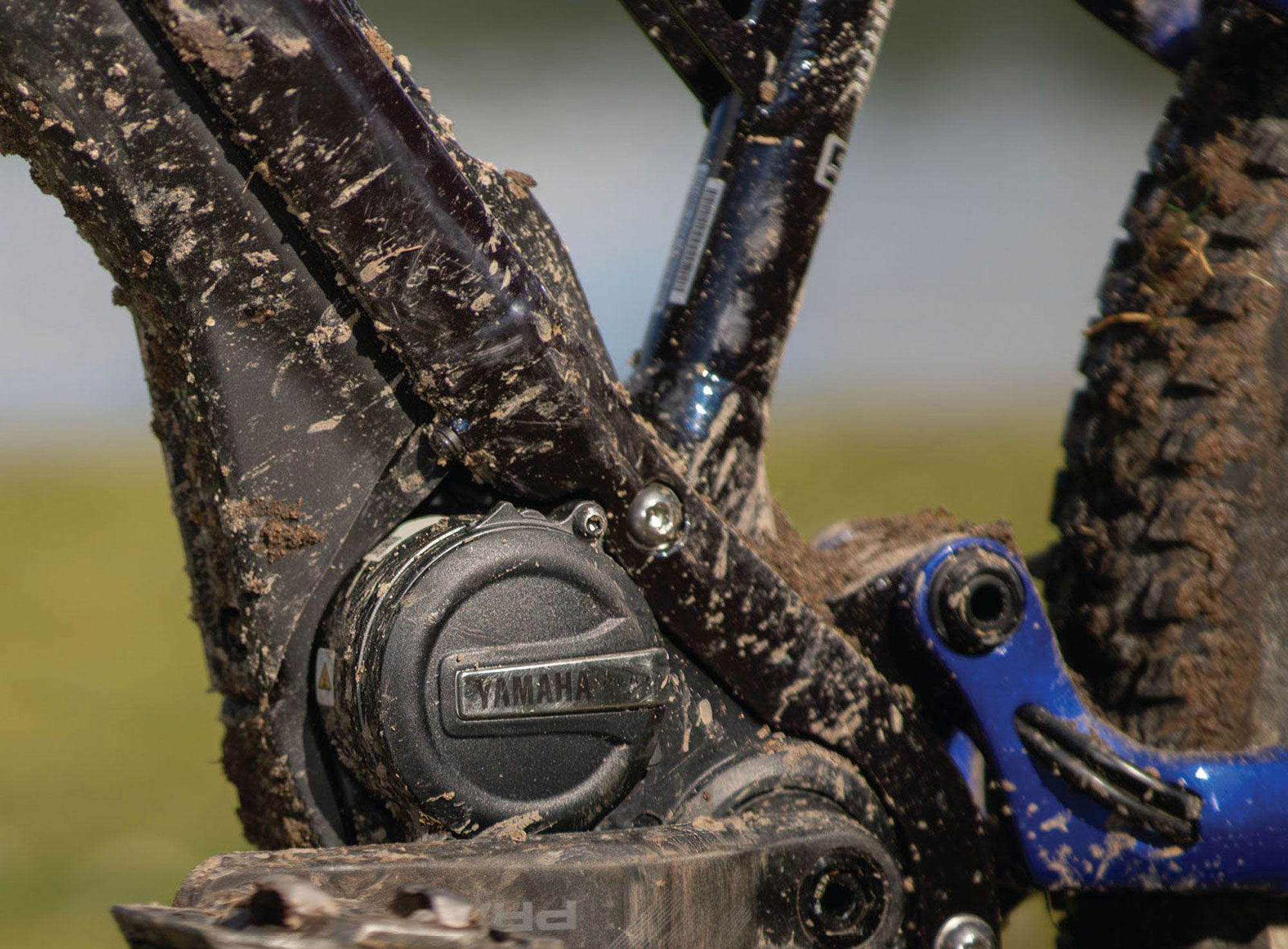
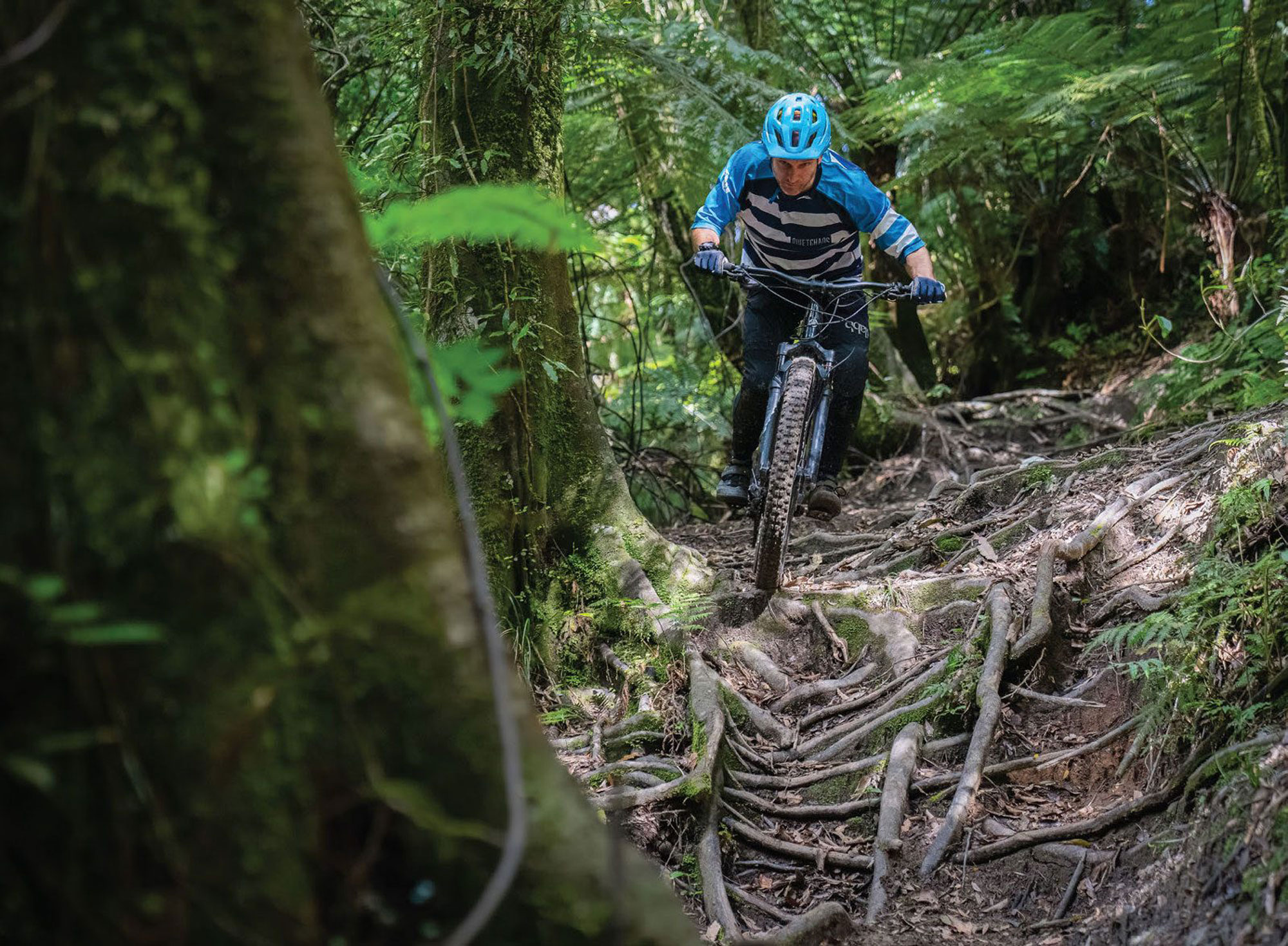
The large volume 2.8” wide tyres damp trail chatter, inspire confidence, and enable you to hold a good line… to a point. I did find that under big compressions or very hard hits, particularly on steep descents, the tyres could be unpredictable as they warp under the strain. This was a bit unnerving at times but is something I’ve experienced riding 27.5”+ sized tyres previously. This could be helped by running a stiffer casing tyre, or tyre liner like a Cush Core or similar. The pairing of the Maxxis Minion EXO+ DHF 2.8” up front with the Maxxis EXO+ Rekon 2.8” on the rear was good for general use and in dry, hardpacked conditions they hooked up well, but the Rekon on the rear fell short while climbing steep, loose or wet pitches; the knobs simply aren’t up to the task as it’s a small knobbed tyre designed for pedalling speed rather than high torque traction. I would have liked to see a tyre with a stiffer casing and larger knobs specced on the rear, either a Maxxis Minion DHR2 or similar would be perfect with larger, paddle-style central knobs for traction, and stiffer casings for increased stability. Let’s talk about the elephant in the room: the 500Wh battery. Three years ago, a 500Wh battery was considered pretty standard, however nowadays, even at the price level of the MORO 07 full power, eMTBs are generally specced with batteries of 600Wh or higher. The larger batteries usually come with a slight weight penalty at this level, but a couple of hundred grams for another 100Wh at least is probably worth it. With this all said, I’ve been surprised how much more efficient this motor is with its power than some other brands, and the range is reasonable -it’s impossible to put numbers to this but if you don’t go heavy with the max assist you’ll get a good couple of hours riding in before the battery life is an issue.
I’ll be honest, I was pretty sceptical when Yamaha offered up this bike for review, but outside of a few things I’d change, it really surprised me by how fun it is. After spending some good hours on it across multiple rides and trail styles, I find it hard to pin point any deal breakers and it really goes to show that how a bike rides is the sum of all its parts, frame included, not just the geometry numbers and any preconceptions these may bring about. I’d be interested to know how the bike would improve with a 29” wheel up front, some shorter cranks and more aggressive tyres –all of which could be experimented with by a buyer.
Riding bikes is all about having fun and the MORO 07 delivers this in spades. Although $8999 isn’t small change, it’s comparable to the competition and if you’re looking for a quality bike without blowing the budget, this rig packs a good bang for buck and will stand out on the trail amongst the hordes of bikes by the “big three” brands that now flood the trails.
